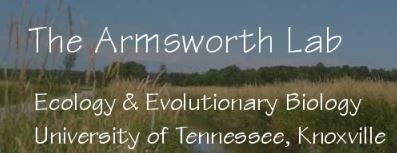 Here’s a chance to learn more about a group of students at the University of Tennessee, advised by Dr. Paul Armsworth, who frequently use natural heritage data in their research. NatureServe has set up webinars for some of these students to present their research.
Here’s a chance to learn more about a group of students at the University of Tennessee, advised by Dr. Paul Armsworth, who frequently use natural heritage data in their research. NatureServe has set up webinars for some of these students to present their research.
Presenter: Nate Sutton.
Abstract: Facing tight resource constraints, conservation organizations must allocate funds available for habitat protection as effectively as possible. Often, they combine spatially referenced economic and biodiversity data to prioritize land for protection. We tested how sensitive these prioritizations could be to differences in the spatial grain of these data by demonstrating how the conclusion of a classic debate in conservation planning between cost and benefit targeting was altered based on the available information. As a case study, we derived parcel-level acquisition costs and biodiversity benefits of land transactions recently undertaken by a nonprofit conservation organization that seeks to protect forests in the eastern United States. Then, we used hypothetical conservation plans to simulate the types of ex ante priorities that an organization could use to prioritize areas for protection. We found the apparent effectiveness of cost and benefit targeting depended on the spatial grain of the data used when prioritizing parcels based on local species richness. However, when accounting for complementarity, benefit targeting consistently was more efficient than a cost targeting strategy regardless of the spatial grain of the data involved. More pertinently for other studies, we show that combining data collected over different spatial grains inflates the apparent effectiveness of a cost targeting strategy and leads to overestimation of the efficiency gain offered by adopting a more integrative return-on-investment approach.